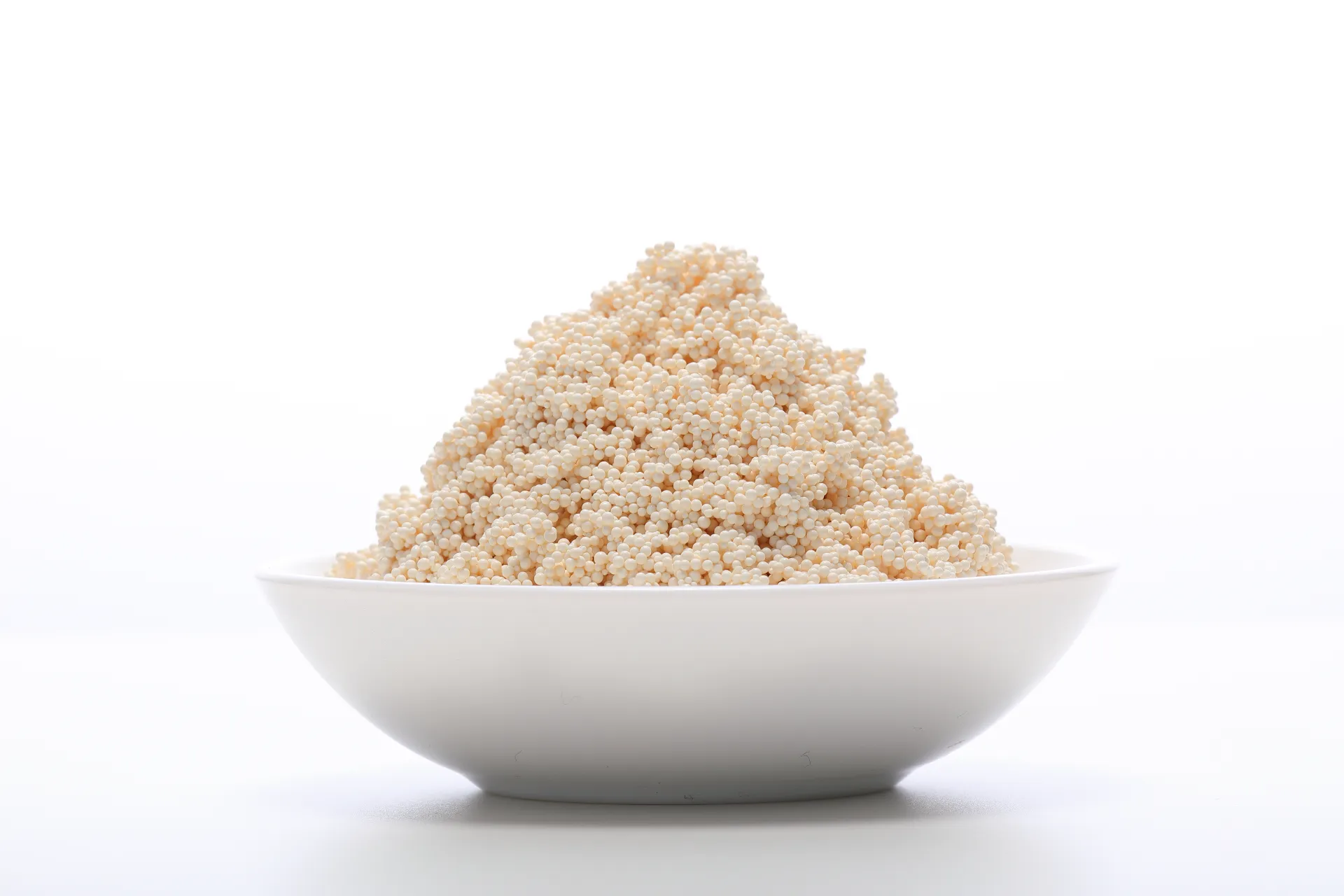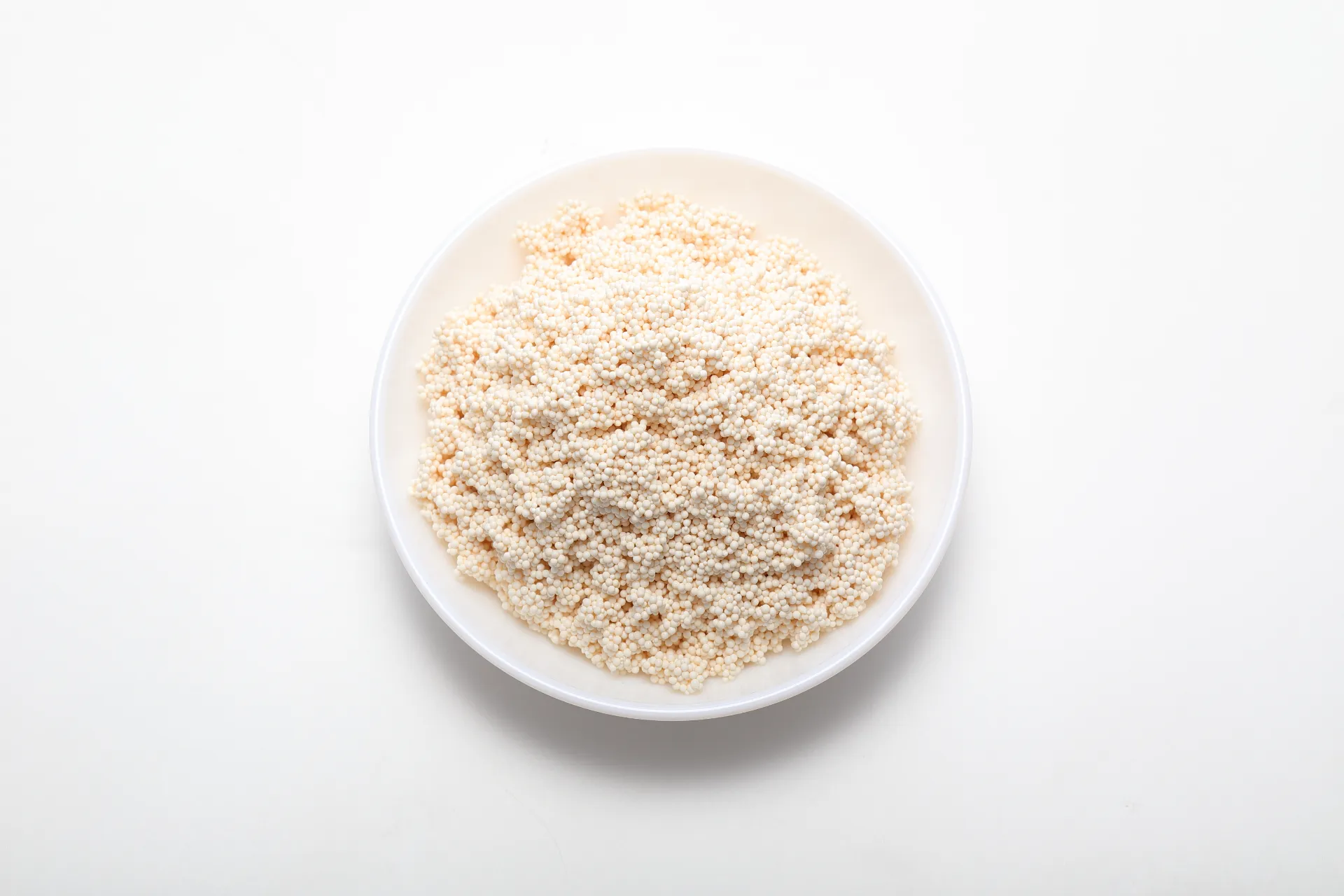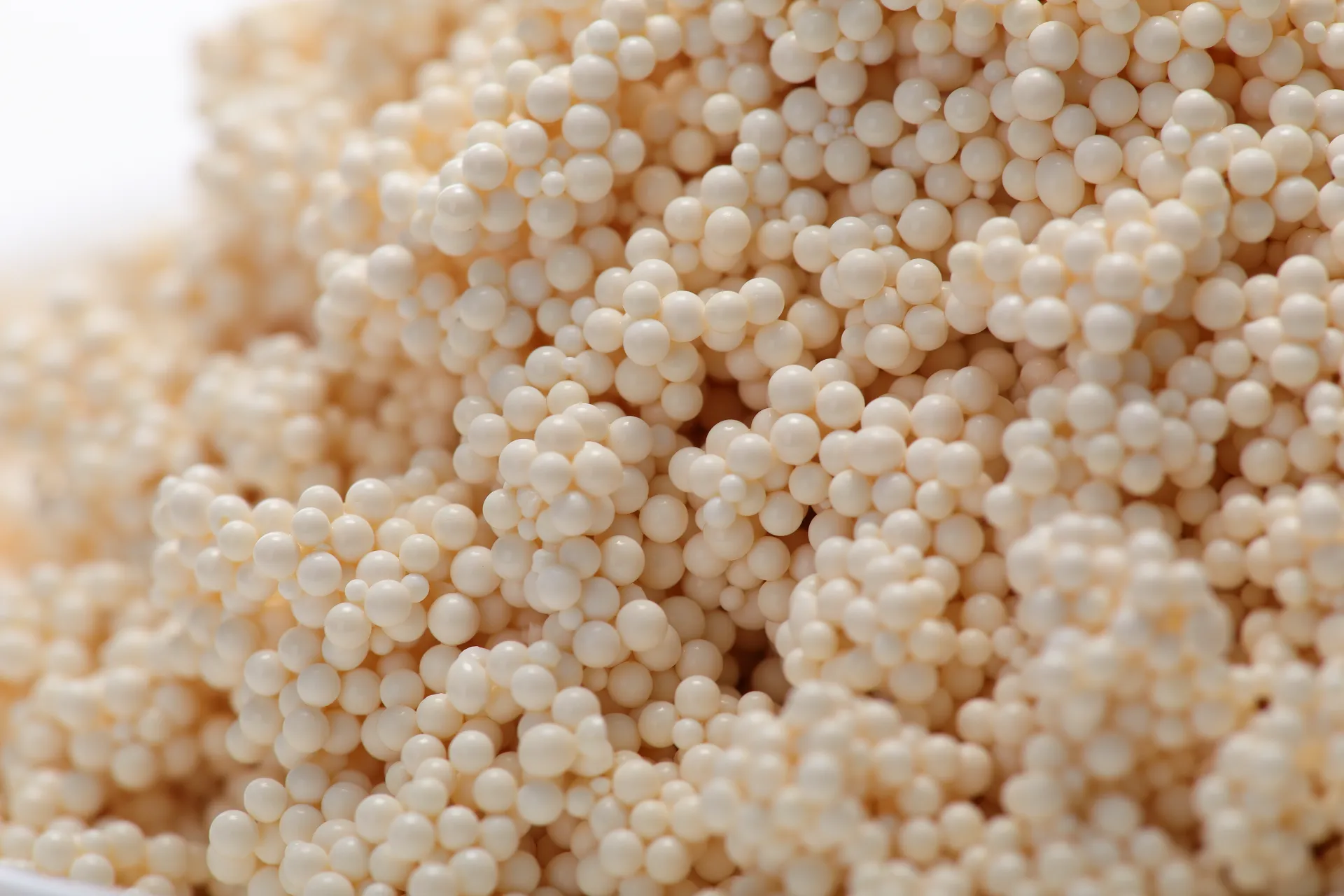Macroporous Strong Basic Anion Exchange Resin D201 SC: Field Notes, Specs, and Real-World Use
If you work in demin plants or gold recovery, you’ve probably heard the buzz around
macroporous resin. I’ve been following D201 SC for a while; it’s a polystyrene–DVB macroreticular resin with quaternary amine groups (–N(CH3)3). In practice, that behaves like a solid base with serious grit—good physical strength, solid chemical resistance, and, yes, surprisingly good silica removal in mixed-bed or polishers.

Industry pulse and where D201 SC fits
The big trend: plants are asking for lower silica leakage and fewer resin changeouts. macroporous resin grades like D201 SC hold up better under osmotic shock and fouling than gel types—especially when operators push higher flow rates. Many customers say they see steadier throughput in WTP/EDI pretreatment, power generation, and electronics rinse loops. And in gold mining, strong-base anion resins help capture metal–cyanide complexes in CIP/CIC circuits—handy when carbon is supply-constrained.
Process flow, from beads to bed
Materials: polystyrene crosslinked with DVB; macroporous structure formed by porogens; functionalized to Type I quaternary amine. Methods: sulfonation/amination sequence, bead screening, OH– or Cl– conversion, and quality control per ASTM. Typical testing: capacity (ASTM D2187), moisture content, particle size, crush strength, organic fouling index, rinse-down conductivity. Service life: around 3–5 years in demin duty (real-world use may vary with silica loading, oxidants, and cleaning discipline).

Product specifications (D201 SC)
| Matrix / Structure | Polystyrene–DVB, macroreticular |
| Functional group | Type I strong base, –N(CH3)3+ |
| Total capacity (Cl– form) | ≈ 1.2–1.4 eq/L |
| Moisture content | ≈ 45–55% |
| Particle size (mm) | ≈ 0.6–0.8; UC ≈ 1.6 |
| Operating pH | 0–14 (check oxidants) |
| Temp limit | ≈ 60°C (OH–), ≈ 100°C (Cl–) |
| Shipping form | Cl– or OH– |
Origin: NO.2 East Jianshe Road, High-Tech Industrial Development South Zone, Wei County, Xingtai, Hebei Province, China. Certifications: ISO 9001; many lots are produced to meet NSF/ANSI 61 material safety expectations for drinking water systems (confirm per batch).
Applications and results
- Demineralization/mixed-bed polishers: low silica leakage when regenerated properly.
- Electronics rinse: steady resistivity after short rinse-down.
- Mining (CIP/CIC): adsorption of metal–cyanide complexes; easier elution protocols than older gels.
- Refining/chemical process: organics scavenging before EDI or RO.
Field note: one power plant reported ≈ 10–15% longer run length after switching to macroporous resin media, mostly due to better fouling tolerance. To be honest, your mileage depends on oxidant control and backwash practice.

Vendor snapshot (what buyers ask me most)
| Vendor | Certs | Customization | Lead Time | Typical Cost |
|---|---|---|---|---|
| Liji Resin (D201 SC) | ISO 9001; NSF/ANSI 61-ready (verify) | Ionic form, size grading, packaging | ≈ 2–4 weeks | Mid |
| Vendor A (Type I SBA) | ISO 9001 | Standard only | ≈ 3–6 weeks | Low–Mid |
| Vendor B (Macro SBA) | ISO 9001, NSF/ANSI 61 | Form + bead size | ≈ 4–8 weeks | High |
Customization and QA
Common tweaks: ship in OH– for start-up speed, tighter size cuts for low pressure drop, or pre-mixed specialty blends. Testing packets typically include capacity, moisture, bead integrity, rinse-volume data, and if requested, extractables per NSF/ANSI 61. As always, run-site piloting beats brochure numbers.
Mini case study
A northern Asia electronics plant swapped to D201 SC and reported ≈ 20% reduction in rinse-to-spec time and fewer bed cracks after thermal swings. Feedback was modest—“not flashy, just stable”—which, in water, is the nicest compliment.
Standards and references
Hebei Lijiang Biotechnology Co., Ltd, is a new material manufacturer specializing in the production of high-performance special ion exchange resins.mixed bed resin suppliers It is a modern high-tech enterprise that integrates the research and development,production, sales, and service of resin materials and resin terminal products.ion exchange resin The company is committed to producing high-quality industrial grade, food grade,pharmaceutical grade, and nuclear grade resins.cation exchange resin It has passed ISO9001 management certification,SGS certification, and WQA international certification from the American Water Quality Association, and has obtained a national food hygiene license. Food grade resin products comply with FDA standards in the United States.super blog